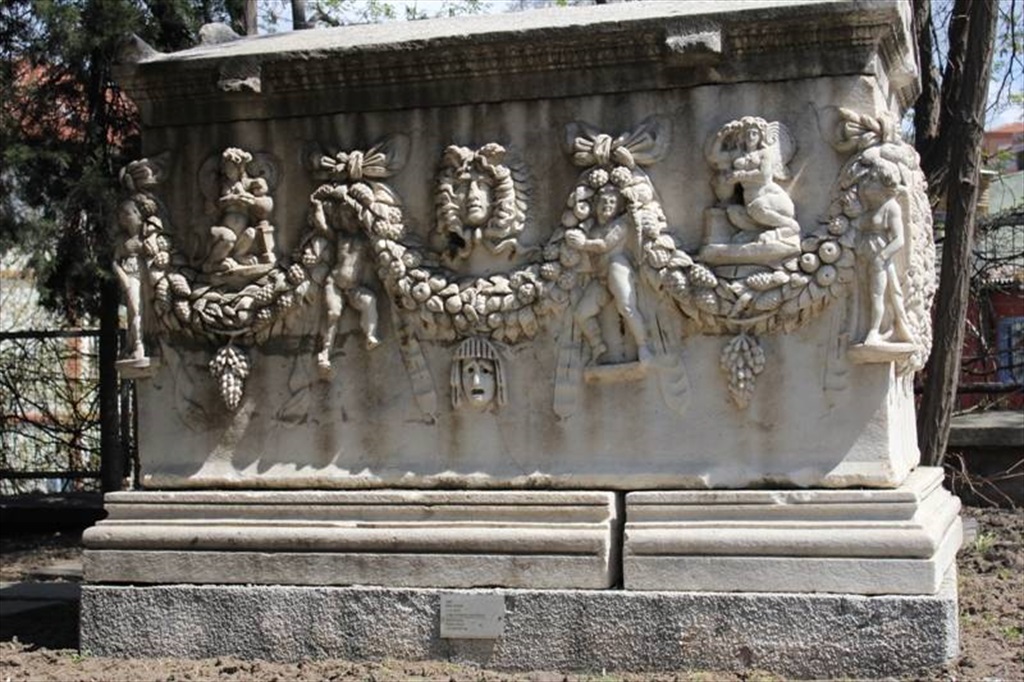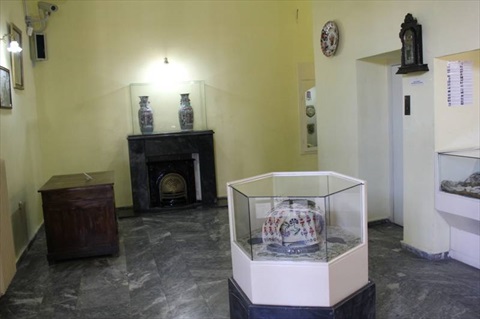İzmir Ethnography Museum
The Izmir Ethnography Museum building started to be built as a maternity ward in 1917, with the project prepared by Architect Tahsin Sermet, on the Jewish Cemetery, which was expropriated at the beginning of the First World War. However, while the building, whose construction was completed by the Greek authorities after the occupation of Izmir, would be allocated as lodging for the rector and lecturers of the Ionian University to be established, this project fell through with the liberation of Izmir. The building was used as a maternity ward, sanitation and Health Directorate service building during the Republican era. Rising on a terraced floor, the tower-type stone structure is decorated with ornaments reflecting the Byzantine Period on the marble column door on both sides. On all four sides, windows, many of which are arched, illuminate the interior, and the marbles of the spiral-shaped staircase were brought from Ephesus. Ethnographic artifacts have been exhibited on the ground floor of the Izmir Atatürk and Ethnography Museum since October 29, 1978. On December 2, 1984, the building that is used today was transferred to the Ministry of Culture and Tourism to be organized as an ethnography museum, and the building gained its current function. Located in the same garden with the Izmir Archeology Museum, the first and second floors of the museum serve as exhibition halls and the third floor serves as the Izmir Provincial Directorate of Culture and Tourism. In the Ethnography Museum, the social life of the 19th century in Izmir and its region is tried to be reflected. In the museum, it is possible to see handicraft products such as clog making, tin making, pottery, eye beading, wood printing, carpet weaving, rope making, felt making and saddlery, which are disappearing today.In addition, it is possible to see the first Turkish pharmacy in Izmir, the Union Pharmacy, and a bridal room from the 19th century.



















Comments
No comment left, would you like to comment?